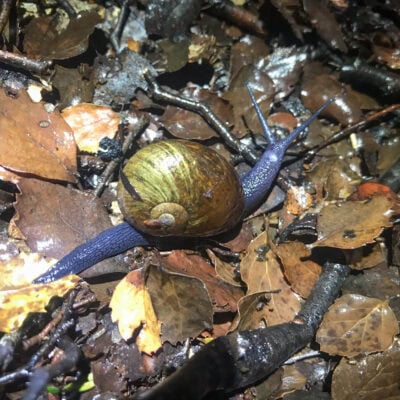
These carnivorous snails slurp earthworms like spaghetti
In February 2025, Justine Hausheer, science journalist for The Nature Conservancy visited the Abel Tasman National Park to investigate the giant worm slurping snails of

In February 2025, Justine Hausheer, science journalist for The Nature Conservancy visited the Abel Tasman National Park to investigate the giant worm slurping snails of
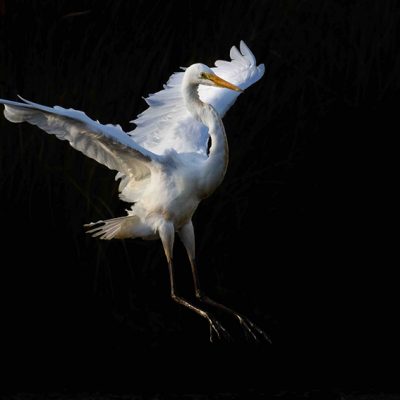
The elegant kōtuku is rare in New Zealand and only breeds near Whataroa, on the West Coast. Outside of breeding season, between September and January,
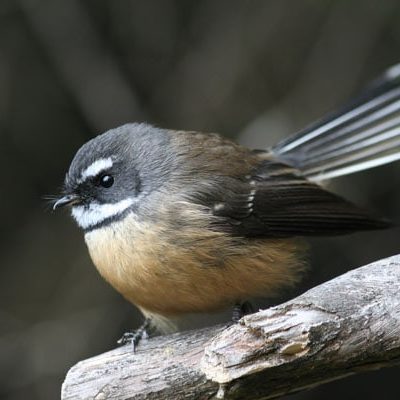
Most visitors to the park will see the distinctive pīwakawaka flitting beside the track as this is one of our most widespread native birds. They
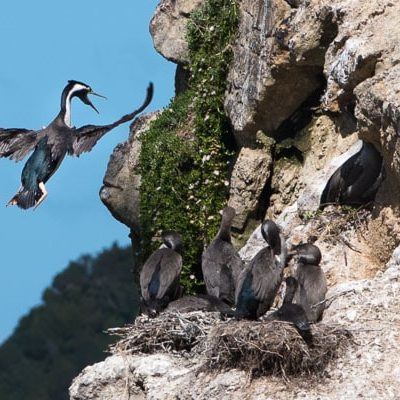
This shag is becoming very common along the rocky coastline of Abel Tasman – you will often see them at Split Apple Rock on the
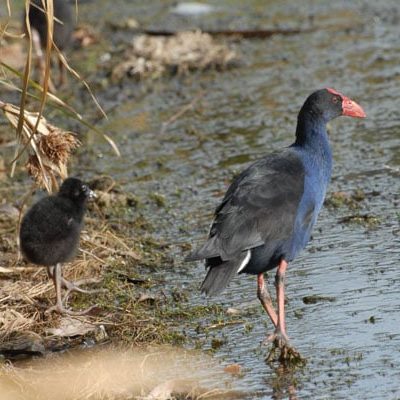
Pūkeko is the New Zealand name for the purple swamphen (Porphyrio porphyrio), or which there are many subspecies. You will often see the distinctive blue
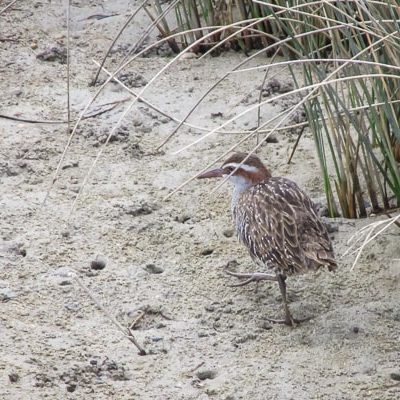
One of the best sites to see the rare banded rail (pererū) in the South Island is on the Mārahau Estuary boardwalk at the southern
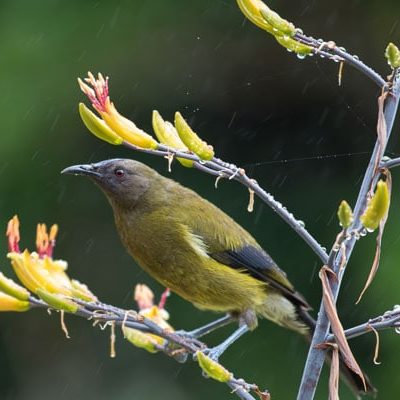
Wherever you are in the Abel Tasman you are likely to see or hear the bellbird. They feed on fruit, nectar and invertebrates and are
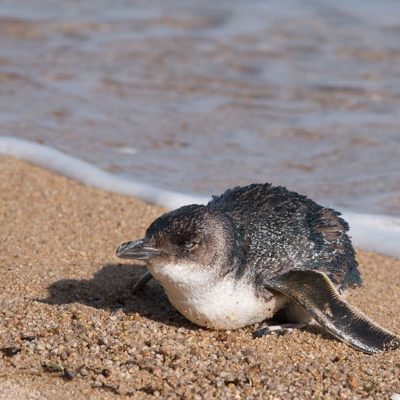
The blue penguin is the world’s smallest penguin, known as kororā in Māori, and variously called blue, little blue or fairy penguin in English. They
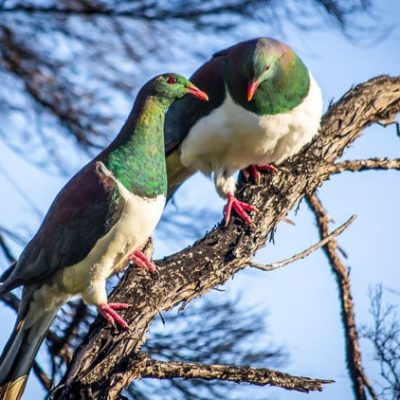
The New Zealand pigeon, or kererū, is one of the largest pigeons in the world. In the Abel Tasman kererū follow the food – it
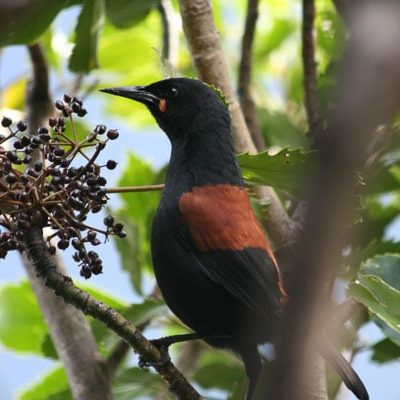
With its bold brown saddle and distinctive orange-red wattle the saddleback or tīeke is one of New Zealand’s most recognisable birds but also one of
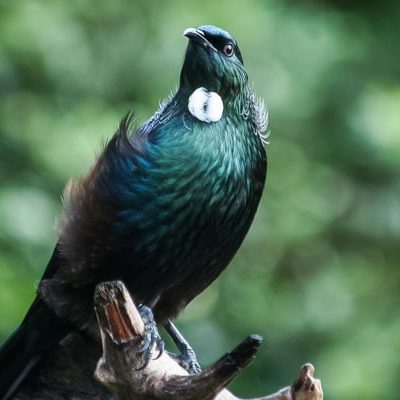
Tūī are some of the most common native birds in the Abel Tasman National Park. They are boisterous and usually very vocal with a distinctive
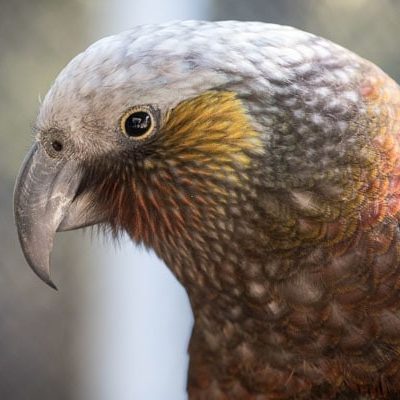
Kākā are large native forest parrots and there is a good chance you may hear or see them near Wairima/Bark Bay or the upper reaches
Get notified about our latest restoration work in the Abel Tasman
